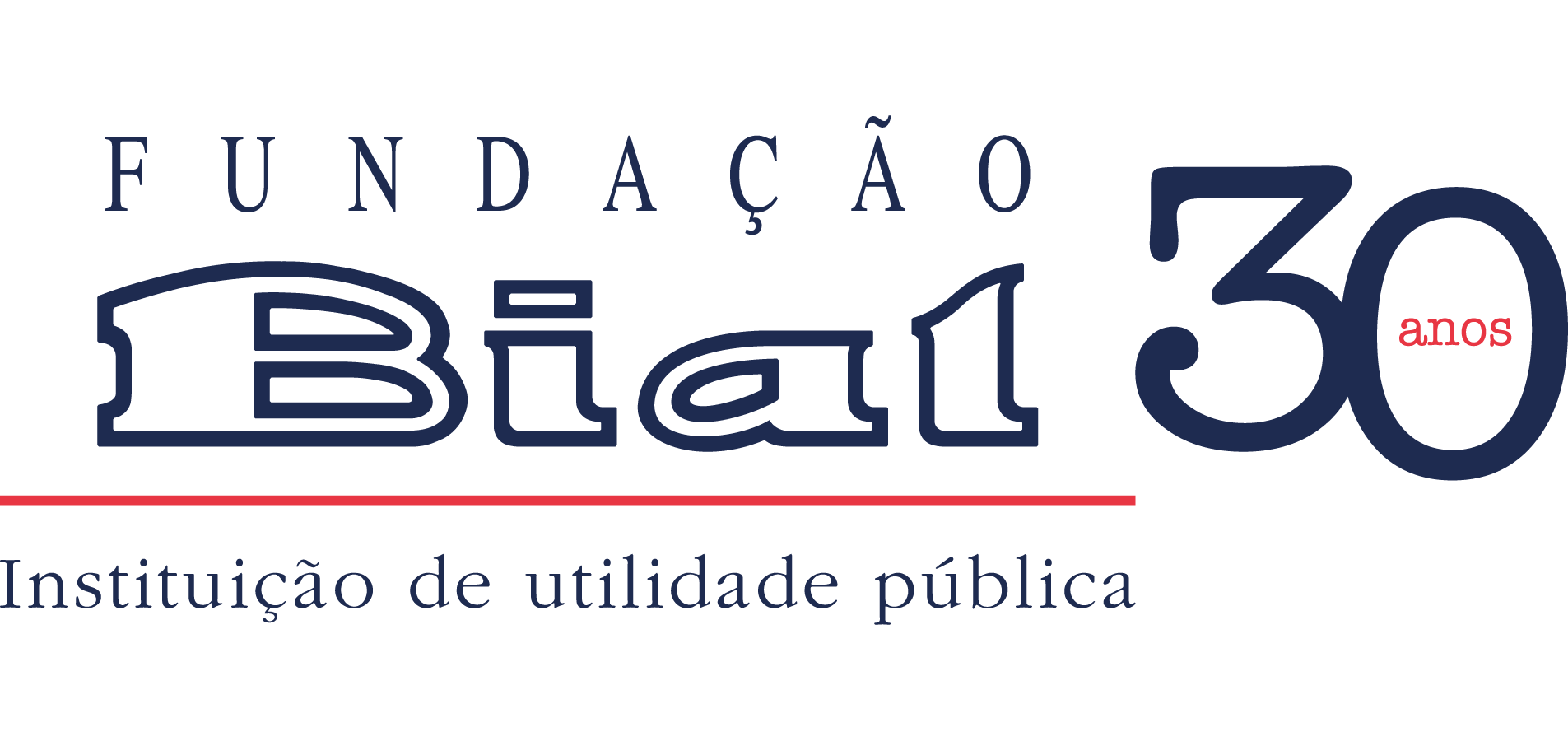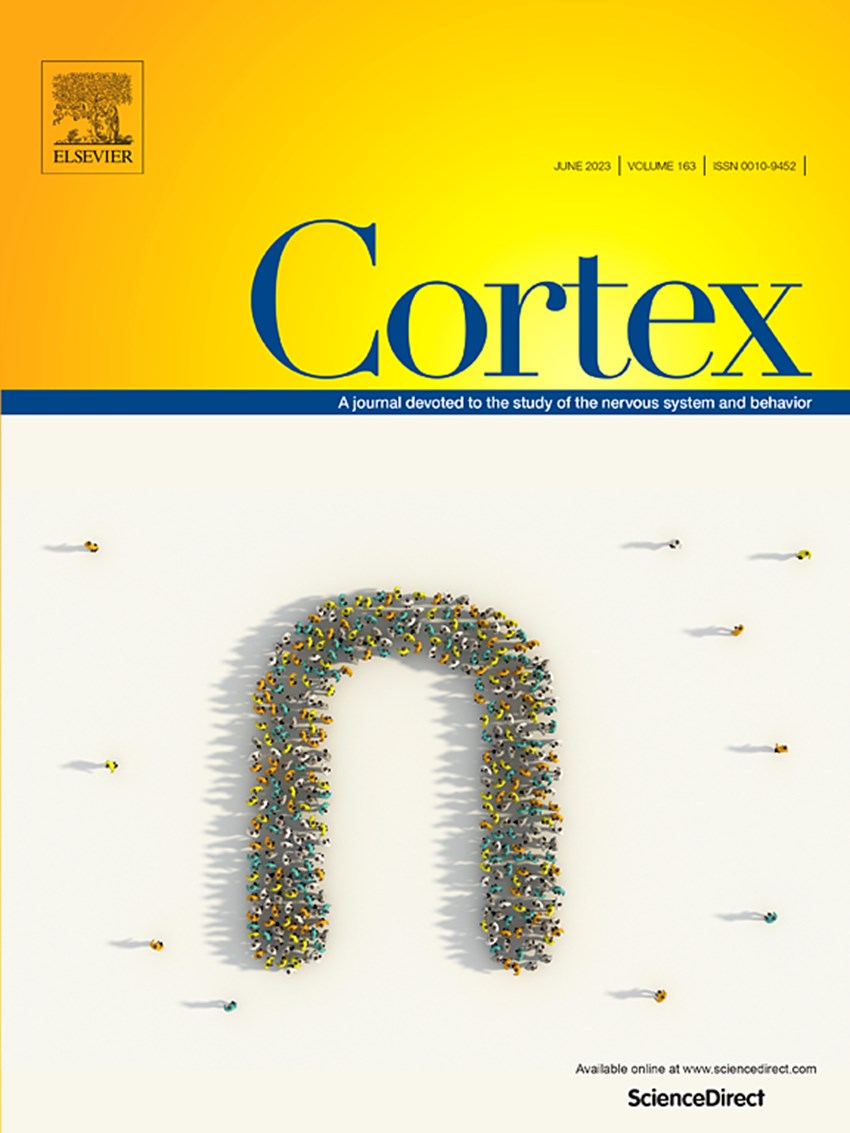Alexander Jones e Jonathan Silas publicaram na revista Cortex o artigo Spatial attention is not affected by alpha or beta transcranial alternating current stimulation: A registered report resultante do projeto de investigação 150/16 - An investigation into the causal role of alpha oscillations in attention, apoiado pela Fundação BIAL. Recorrendo à estimulação transcraniana por corrente alternada (tACS), os investigadores testaram se há uma relação causal entre as oscilações alfa somatossensoriais e a atenção endógena e exógena e concluíram que a manipulação de alfa por tACS não afeta a atenção espacial tátil. Estes resultados parecem suportar que a atividade alfa não está causalmente envolvida na atenção.
ABSTRACT
Using Electroencephalography (EEG) an event-related change in alpha activity has been observed over primary sensory cortices during the allocation of spatial attention. This is most prominent during top-down, or endogenous, attention, and nearly absent in bottom-up, or exogenous orienting. These changes are highly lateralised, such that an increase in alpha power is seen ipsilateral to the attended region of space and a decrease is seen contralaterally. Whether these changes in alpha oscillatory activity are causally related to attentional resources, or to perceptual processes, or are simply epiphenomenal, is unknown. If alpha oscillations are indicative of a causal mechanism whereby attention is allocated to a region of space, it remains an open question as to whether this is driven by ipsilateral increases or contralateral decreases in alpha power. This preregistered report set out to test these questions. To do so, we used transcranial Alternating Current Stimulation (tACS) to modulate alpha activity in the somatosensory cortex whilst measuring performance on established tactile attention paradigms. All participants completed an endogenous and exogenous tactile attention task in three stimulation conditions; alpha, sham and beta. Sham and beta stimulation operated as controls so that any observed effects could be attributed to alpha stimulation specifically. We replicated previous behavioural findings in all stimulation conditions showing a facilitation of cued trials in the endogenous task, and inhibition of return in the exogenous task. However, these were not affected by stimulation manipulations. Using Bayes-factor analysis we show strong support for the null hypotheses – that the manipulation of Alpha by tACS does not cause changes in tactile spatial attention. This well-powered study, conducted over three separate days, is an important contribution to the current debate regarding the efficiency of brain stimulation.





























































































